My Account Details
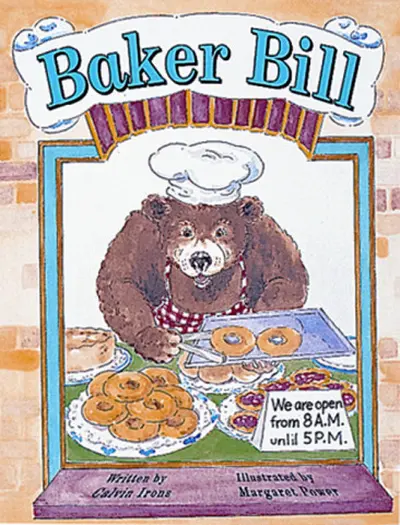
Math Literature
Grades:
These engaging stories have been designed to develop early mathematical concepts. Children who develop mathematical language become much more successful problem solvers. When children understand the links between mathematical ideas, they are also more able to succeed with skills such as number facts. The stories provide a vehicle for developing these skills. Lesson plans in each big book provide suggestions for using the stores as well as additional activities.




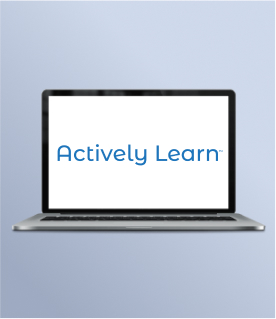






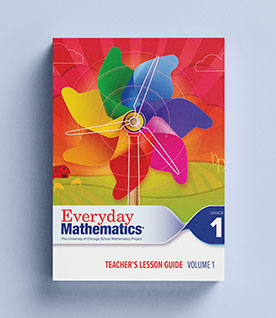

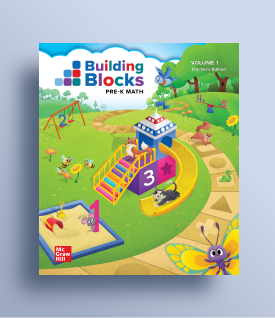


























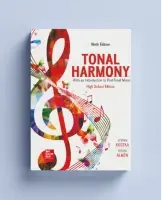
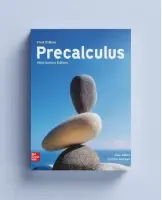

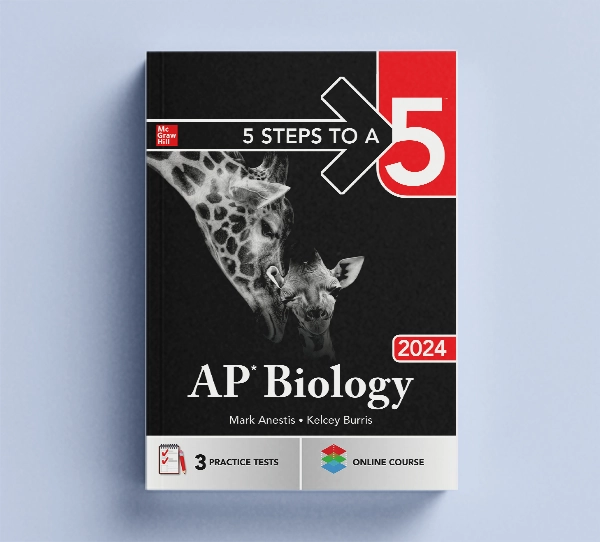

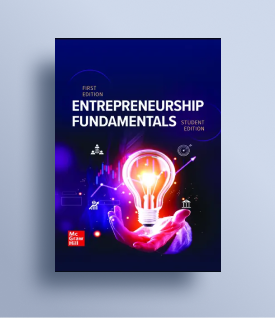

Social Studies
View all Social Studies Programs
IMPACT (K–5)
Actively Learn (3–12)
New Social Studies (6–12)
Networks (6–12)